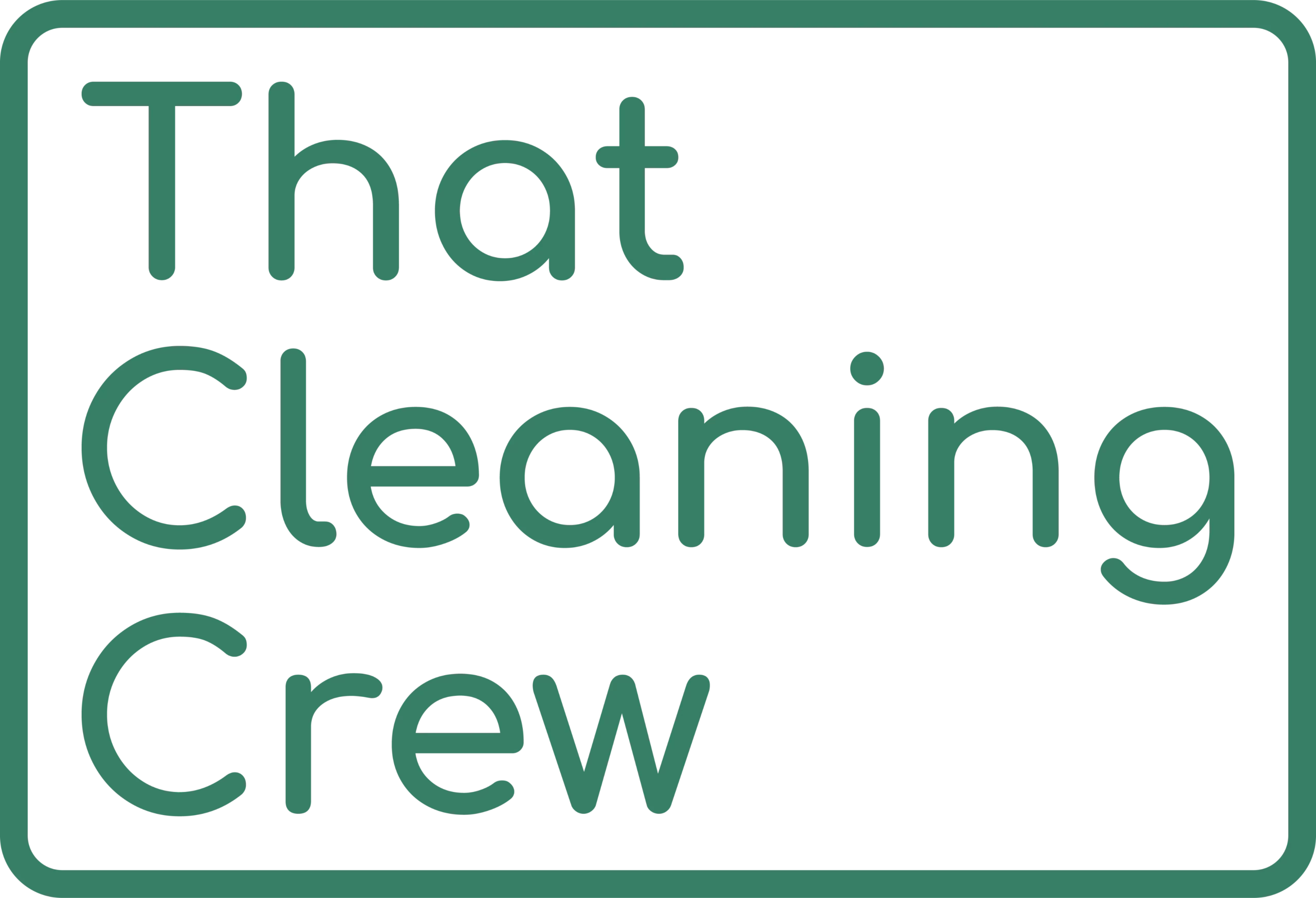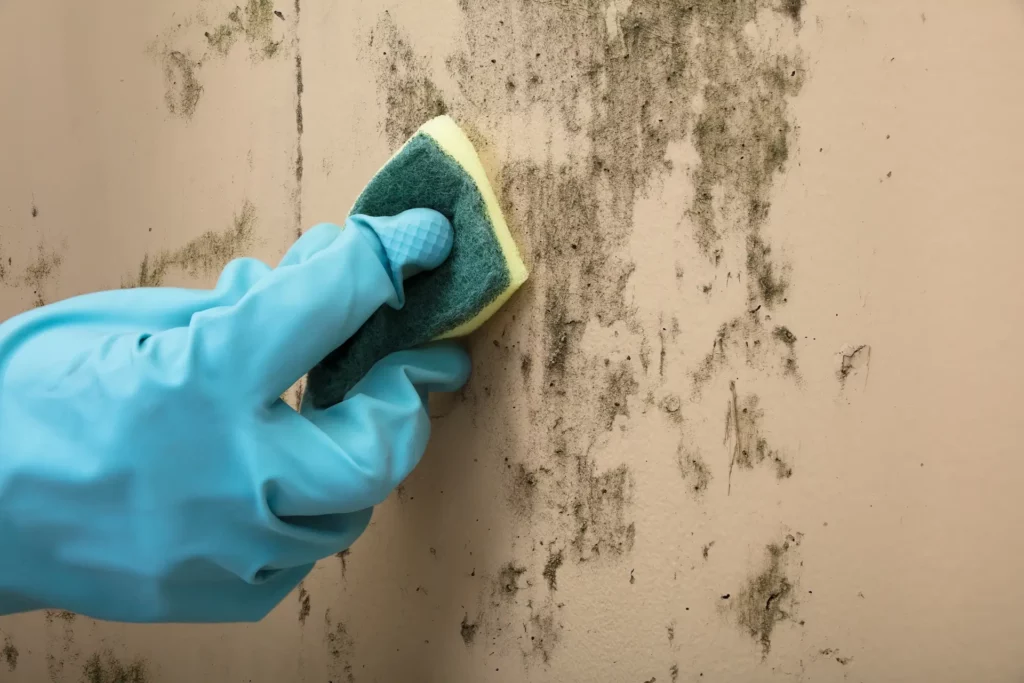By Glenn Kirkwood, Certified Mould Remediation Specialist
Have you ever noticed mysterious rashes appearing on your skin and wondered what might be causing them? If you live in a home with damp areas or visible mould growth, there could be a connection worth exploring. As someone who’s spent years helping NSW families tackle mould problems, I’ve seen firsthand how black mould can affect more than just your home—it can impact your health too.
## The Connection Between Black Mould and Skin Problems
Black mould (or as we spell it in Australia, “mould”) isn’t just an unsightly problem in your bathroom or basement. This unwelcome houseguest can trigger various health issues, including skin reactions that might have you scratching your head—and unfortunately, the rest of your body too!
### What Exactly Is Black Mould?
Black mould is a type of fungus that appears dark green or black. While people often refer to Stachybotrys chartarum when talking about “black mould,” many types of mould can appear black. These fungi thrive in warm, damp environments and grow on materials containing cellulose, like:
– Drywall
– Wood products
– Paper
– Cardboard
– Ceiling tiles
### How Mould Affects Your Skin
When it comes to skin problems, mould can be a sneaky culprit. Here’s what happens:
1. Mould produces spores that float in the air
2. These spores can land on your skin or be inhaled
3. If you’re sensitive or allergic to mould, your immune system reacts
4. This reaction can trigger skin inflammation and rashes
## Common Skin Symptoms Caused by Black Mould
If you’re experiencing any of these symptoms and have mould in your home, they might be connected:
– **Red, itchy rashes** – Often appearing on exposed skin areas
– **Hives** – Raised, itchy welts that can come and go
– **Dry, scaly skin** – Particularly in people with eczema
– **Skin irritation** – General discomfort, burning, or sensitivity
For many of my clients, addressing their mould problem has led to significant improvements in these skin conditions—sometimes after months or even years of trying various skin treatments without success.
## Who’s Most Likely to Develop Mould-Related Skin Problems?
Not everyone reacts to mould in the same way. You’re more likely to experience skin reactions if you:
– Have a history of allergies
– Suffer from asthma or other respiratory conditions
– Have existing skin conditions like eczema
– Have a weakened immune system
– Spend significant time in mould-contaminated environments
### A Real-Life Example
Last month, we helped a family in Newcastle whose young daughter had been suffering from persistent rashes for nearly a year. Multiple doctor visits and skin creams hadn’t solved the problem. During our mould inspection, we discovered significant black mould growth behind her bedroom wallpaper—directly behind her bed. Within weeks of our professional remediation, her skin began to clear up.
## How to Tell If Your Rash Is Mould-Related
It can be tricky to determine if mould is causing your skin problems, but here are some clues:
– Your symptoms improve when you’re away from home
– The rash appeared after water damage or increased humidity in your home
– Other family members are experiencing similar symptoms
– You’ve noticed a musty smell or visible mould in your living space
If you suspect mould might be behind your skin issues, it’s worth consulting both a healthcare provider and a mould remediation specialist.
## Treating Mould-Related Skin Problems
### Medical Approaches
If you’re experiencing skin reactions, consider these treatment options:
– **Antihistamines** – To reduce allergic reactions
– **Topical corticosteroids** – To decrease inflammation
– **Moisturizers** – To soothe dry, irritated skin
– **Allergy testing** – To confirm mould sensitivity
### Addressing the Root Cause
While treating symptoms is important, eliminating the source of the problem is crucial:
1. **Professional mould inspection** – To identify all affected areas, even those hidden behind walls
2. **Thorough mould remediation** – Using proper techniques to safely remove mould
3. **Moisture control** – Fixing leaks, improving ventilation, and reducing humidity
4. **Prevention strategies** – Implementing measures to keep mould from returning
## Prevention: Keeping Your Skin and Home Healthy
The best way to prevent mould-related skin problems is to keep mould out of your home in the first place:
– Maintain indoor humidity between 30-50%
– Use exhaust fans in bathrooms and kitchens
– Fix leaks promptly
– Ensure proper ventilation throughout your home
– Clean and dry any water-damaged areas within 24-48 hours
– Consider using dehumidifiers in naturally damp areas
## When to Seek Professional Help
If you’ve tried DIY approaches but still have mould issues—or if your skin problems persist—it’s time to call in the experts. Professional mould remediation services like That Cleaning Crew can:
– Conduct thorough inspections to find all mould, even in hidden areas
– Safely remove mould without spreading spores
– Address underlying moisture problems
– Provide recommendations to prevent future mould growth
## Frequently Asked Questions About Black Mould
### How quickly can That Cleaning Crew respond to a mould emergency?
At That Cleaning Crew, we understand that mould issues can be urgent, especially when they’re affecting your health. We typically respond to inquiries within 24 hours and can often schedule inspections within 2-3 business days for most locations across Newcastle, Sydney, and the Central Coast.
### Does That Cleaning Crew use chemicals that might worsen my skin condition?
We prioritize your health and well-being. Our team offers both natural and chemical treatment options, and we’ll discuss the best approach for your specific situation. For clients with sensitivities, we recommend our natural mould solutions, which are effective without introducing harsh chemicals into your environment.
### How long after professional mould removal should I expect my skin symptoms to improve?
While everyone’s body responds differently, many of our clients report improvement in their symptoms within 1-2 weeks after complete mould remediation. However, this depends on the severity of your sensitivity and how extensive the mould problem was. Some individuals may notice improvements sooner, while others might take longer.
### Does That Cleaning Crew provide any guarantees for their mould removal services?
Yes! We stand behind our work with a 12-month guarantee. If mould returns to treated areas within a year of our service, we’ll return to address the issue at no additional cost. This reflects our confidence in our thorough approach to mould remediation.
### Can That Cleaning Crew provide documentation I can share with my doctor about the mould in my home?
Absolutely. We offer comprehensive mould reports that document the type and extent of mould found in your home. These reports can be shared with healthcare providers to help them better understand potential environmental factors affecting your health. For more detailed analysis, we can also arrange laboratory testing of mould samples.
## Taking Action Against Mould-Related Skin Problems
If you’re experiencing unexplained skin rashes and suspect mould might be the culprit, don’t wait to take action. The longer you’re exposed to mould, the more severe your reactions may become.
Remember that addressing both the symptoms and the source is essential. Work with healthcare providers to manage your skin condition while also ensuring your home is mould-free.
At That Cleaning Crew, we’re committed to helping NSW families create healthier living environments. Our certified mould remediation specialists have the expertise and equipment to effectively address mould problems, potentially helping you find relief from those frustrating skin symptoms.
Ready to tackle your mould problem and give your skin a chance to heal? Contact us today at 1300 974 463 for a professional assessment.
—
*Glenn Kirkwood is a certified Water Damage & Mould Remediation specialist with extensive experience helping NSW residents create healthier, mould-free living environments. As part of That Cleaning Crew, he provides professional mould inspection, testing, and remediation services across Newcastle, Sydney, and the Central Coast.*


